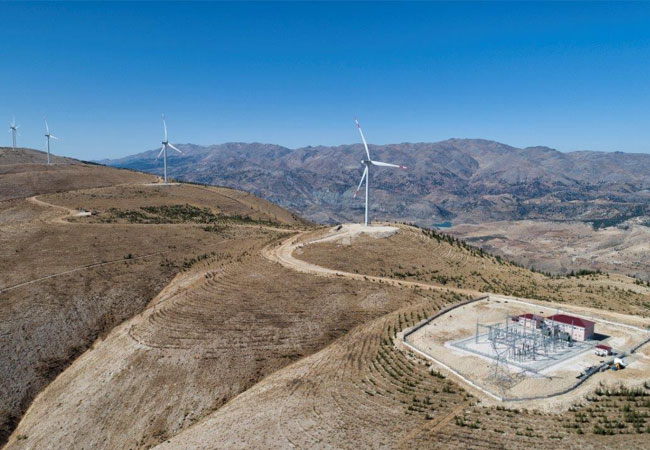
Introduction
Peru, a country in South America, is renowned for its rich cultural heritage, stunning landscapes, and vibrant traditions. It is home to Machu Picchu, an archaeological marvel, and offers a unique blend of indigenous and Spanish influences. The importance of Peru extends beyond its historical sites; it is also significant in terms of economic development, biodiversity, and social issues affecting its populace. Understanding Peru’s current landscape helps in grasping its role in regional and global contexts.
Current Economic Developments
As of 2023, Peru’s economy has shown resilience in the face of global challenges. The country’s GDP is projected to grow by 3.5% this year, backed by strong exports, particularly in mining and agriculture. Key exports include copper, gold, and agricultural products like avocados and quinoa. The government is focusing on sustainable development, especially in response to climate change and deforestation issues. This aligns with international commitments to minimize environmental impact while fostering economic growth.
Social Issues and Reforms
Despite economic progress, Peru faces several social challenges. Inequality remains a pressing issue, with significant disparities in wealth and access to education and healthcare. The recent elections have led to a call for reforms to improve governance and ensure social equity. The current administration is working on social programs aimed at enhancing education and healthcare services in marginalized communities.
Cultural Heritage and Tourism
Culturally, Peru is a hub of indigenous traditions and modern influences. Festivals such as Inti Raymi and the Virgen de la Candelaria draw thousands of tourists each year, showcasing the vibrant music, dance, and ritual of Peruvian culture. Tourism, which was significantly impacted by the pandemic, is rebounding, with initiatives to promote eco-tourism and cultural heritage. These efforts aim not only to boost the economy but also to preserve Peru’s rich history and biodiversity.
Conclusion
Peru stands at a crossroads, balancing economic expansion with social responsibility. As the nation continues to develop, it faces the dual challenge of fostering growth while addressing existing inequalities. With its rich cultural heritage and significant economic potential, Peru’s trajectory will be essential to observe in the coming years. For readers, understanding Peru is not only about its past but also about its future potential as a key player in South America and beyond.



